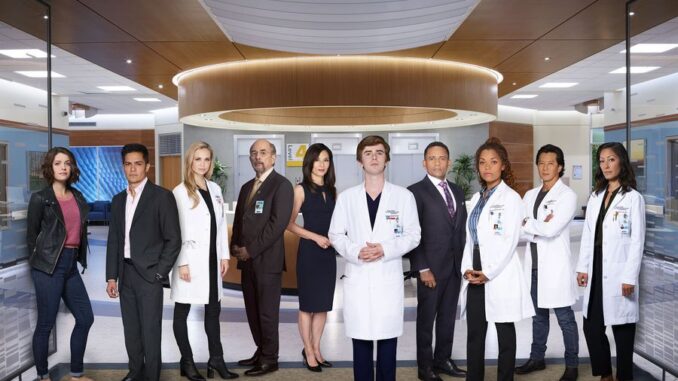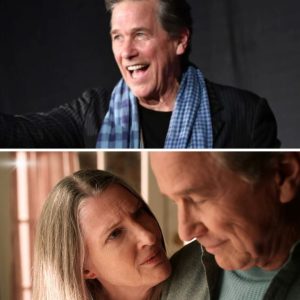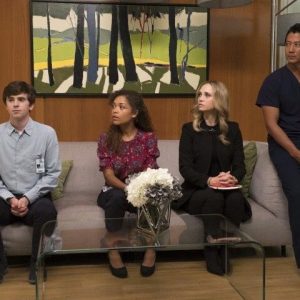In The Good Doctor, love is everywhere—between partners, friends, mentors, and patients. But one of the most powerful love stories doesn’t revolve around romance at all. It belongs to Dr. Claire Browne, a gifted surgeon whose most important journey is inward. Claire’s arc is one of deep empathy, personal loss, and emotional resilience. And at its heart is a woman learning that to truly love others, she must first learn to love herself.
From the beginning, Claire stands out. She’s brilliant, compassionate, and emotionally attuned to the people around her. Patients open up to her with ease, and colleagues often rely on her calm presence in moments of chaos. But behind her gentle demeanor lies a storm of pain that’s quietly shaped who she is. Claire’s past is marked by trauma: a difficult childhood, a complicated relationship with her mother, and a history of attracting toxic people who take more than they give.
One of the most defining aspects of Claire’s character is her giving nature. She pours herself into others—offering comfort, listening without judgment, and always going the extra mile. It’s what makes her an exceptional doctor. But that same trait often leaves her emotionally depleted. Claire gives so much of herself to everyone else that she forgets to care for the one person who needs her compassion the most: herself.
This imbalance becomes painfully clear as the show delves deeper into her backstory. Claire’s relationship with her mother is one of the most emotionally raw threads in the series. Her mother, a woman struggling with addiction and instability, puts Claire through years of emotional turmoil. And even as an adult, Claire can’t fully detach from that trauma. She carries it with her—in her decisions, her relationships, and her inability to trust her own worth.

When her mother unexpectedly dies, Claire’s grief is more complex than sorrow. It’s filled with guilt, relief, regret, and anger. She breaks down, not just from losing her mom, but from never having the mother she needed. It’s a heartbreaking moment, but it’s also the beginning of her emotional reckoning. Claire starts asking hard questions—not just about her past, but about how she wants to live going forward.
Her romantic relationships, too, reflect this inner struggle. Claire is drawn to people who are emotionally unavailable or unsafe. Whether it’s casual flings or toxic dynamics, she often finds herself in situations where she gives more than she gets. It’s a cycle rooted in pain, and breaking it doesn’t come easily. But slowly, through therapy, self-reflection, and supportive friendships, Claire begins to understand something essential: she deserves better.
One of the most transformative aspects of her journey is her evolving relationship with herself. For so long, Claire defined her value by how much she could give others. But over time, she learns that boundaries are not selfish—they’re necessary. That saying no is an act of self-love. That healing isn’t linear, and strength isn’t about hiding pain, but facing it head-on.
This growth doesn’t happen in a dramatic montage or with a single revelation. It happens in quiet, often painful moments. It’s in the way she confronts her grief. The way she walks away from harmful relationships. The way she begins to put her needs first—not because she’s choosing herself over others, but because she finally understands that she matters.

What makes Claire’s arc so powerful is how relatable it is. So many people—especially women—are taught that love means sacrifice. That to be good is to be selfless. That their worth is tied to how much they can give. But Claire’s story challenges that. It says that true love, the kind that sustains rather than drains, must begin within. That before we can fully show up for others, we must first show up for ourselves.
Her growth also changes how she shows love moving forward. She becomes a better friend. A more present doctor. A woman who can sit with pain—her own and others’—without losing herself in it. She doesn’t stop being empathetic. If anything, she becomes more emotionally intelligent. But now, she’s no longer offering care from a place of emptiness. She’s giving from a place of wholeness.





